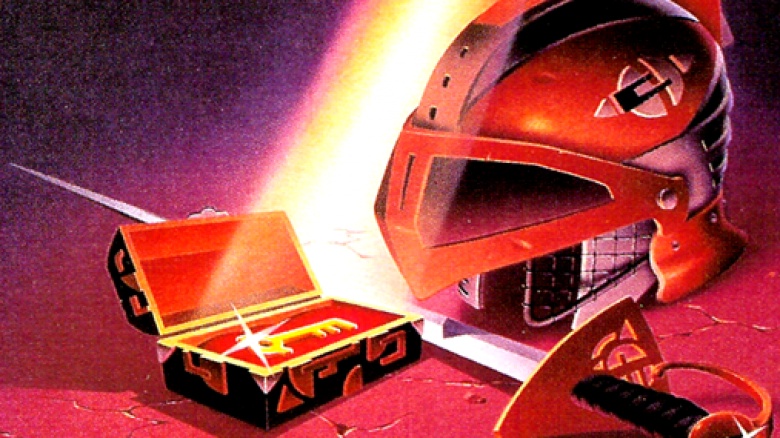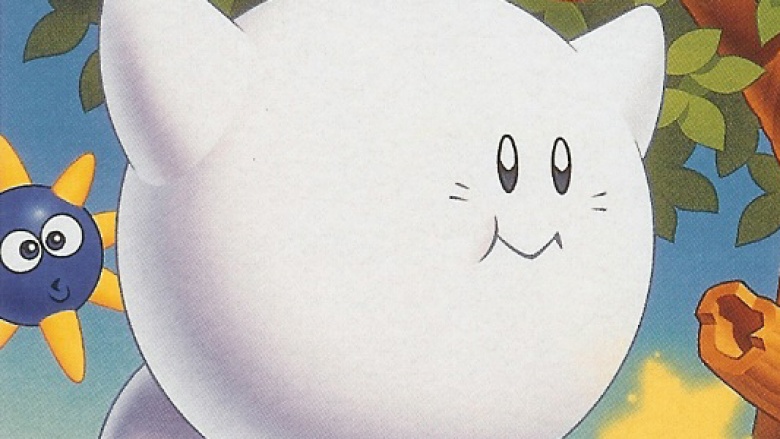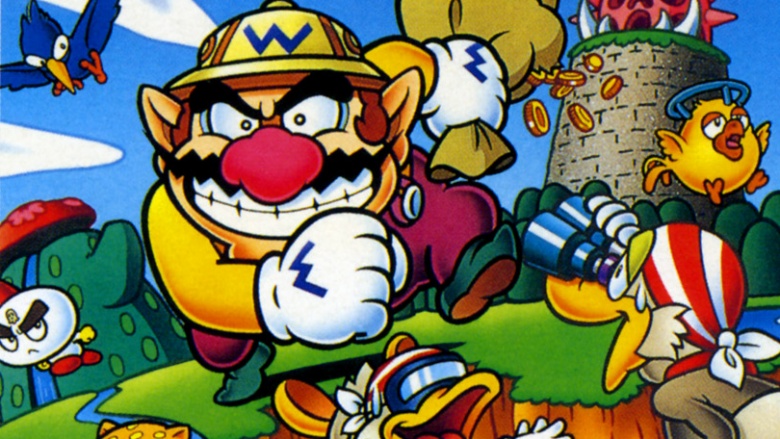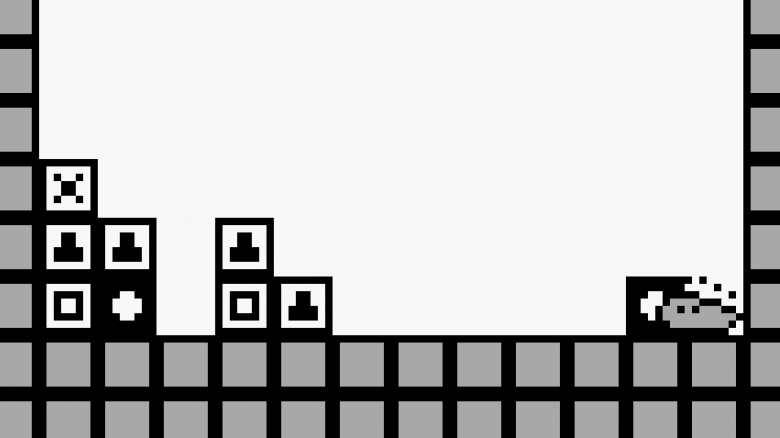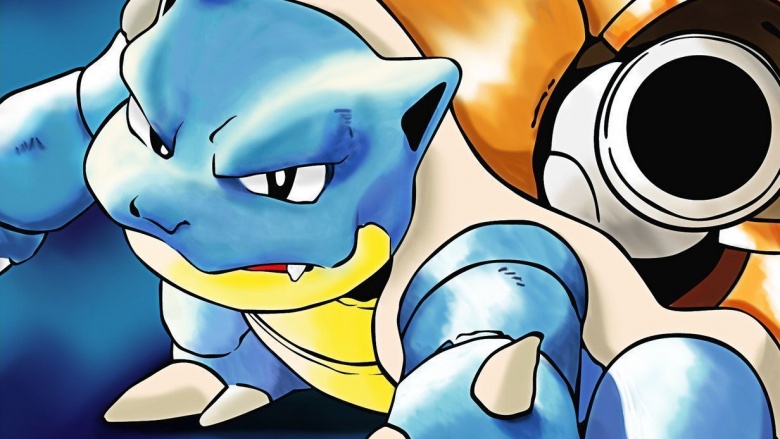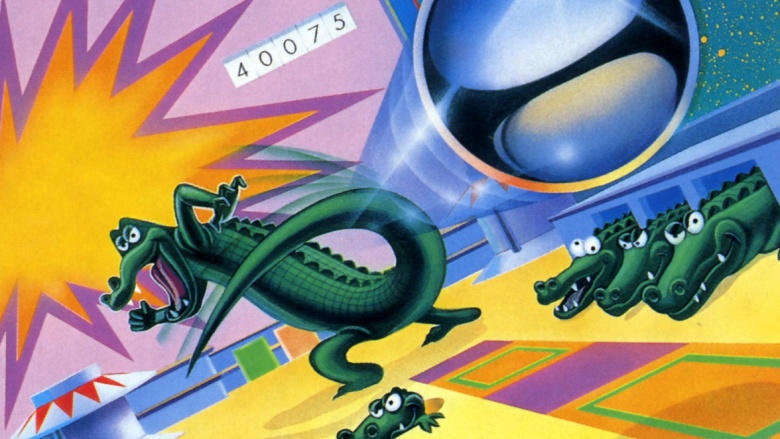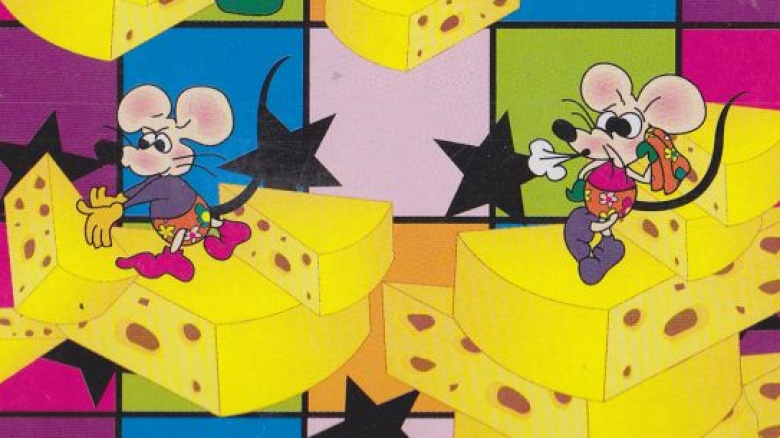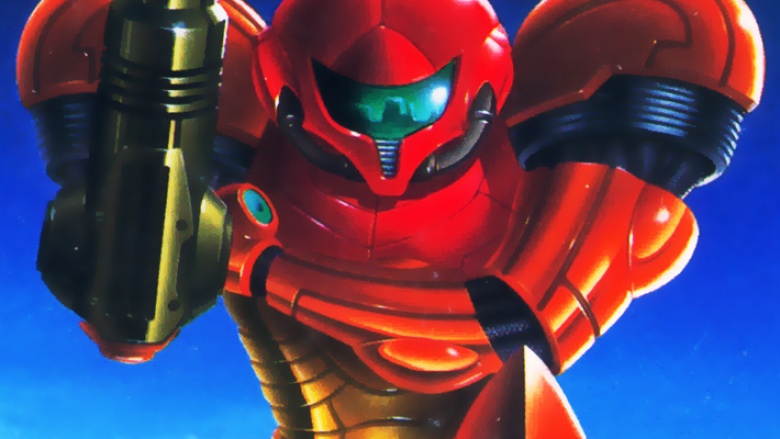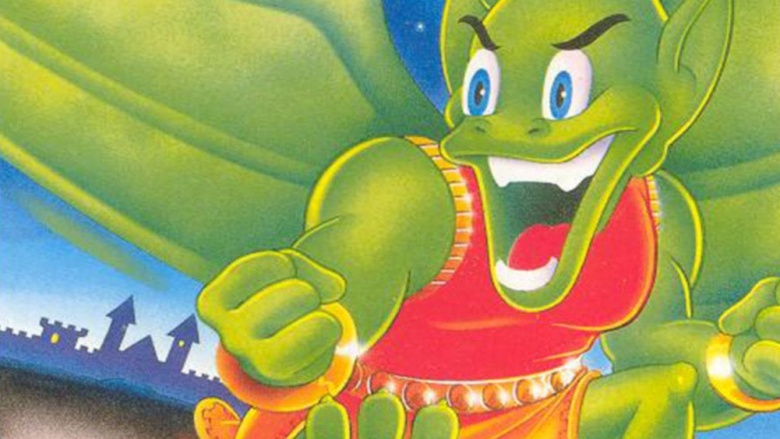Games Worthy Of Pulling Out Your Game Boy
Fuzzy speakers and a screen limited to green and slightly darker green, Nintendo's Game Boy was a pixelated revolution in portable gaming. Pump it full of AA batteries (borrowed from your sister's Walkman, of course) and you could play for at least ten hours before the whole thing sputtered into oblivion and your migraines took over. The Game Boy thrived on simplicity and suffered from terribly neutered translations of games from other consoles, but here are a few games that make the Game Boy worthwhile today.
The Final Fantasy Legend I-III (1989-1991)
Like the number of licks it takes to get to the center of a Tootsie Pop, the number of hours of gameplay locked inside these three cartridges is too enormous to enumerate. Dwarfing even some of the best NES RPGs of its day, The Final Fantasy Legend series is stunningly advanced for being a on a handheld, with complex leveling-up mechanics, lots of time travel, and brutal fights against world-destroying gods. Sure, it's simple, turn-based fighting, but with mutants and monsters on your team, you'll love every weird second.
Kirby's Dream Land (1992)
Before the pink balloon boy starred in a series of visually pastoral games and the far more brutal Super Smash Bros. series, Kirby (originally named "Popopo") had to rescue Dream Land from starvation and a gluttonous king. Designed to be a relatively simple side-scroller that amped up in difficulty, Kirby relied on a unique mechanic: he could mimic the abilities of any enemy he ate, making for some really interesting variety in gameplay, even though Yoshi kinda did it a year earlier. At least you'd think twice before tossing Kirby into a pit to get a little extra height on your jump.
The Warioland Series (1992-2001)
Introduced in Super Mario Land 2, Wario is Nintendo's most gloriously absurd character. Yes, even more absurd than a gender-fluid bird who spits its own eggs as weapons. A bizarro version of Mario intent on usurping Mario's fame and wealth, Wario quickly took on a life of his own and served as a vehicle for Nintendo to experiment with some pretty weird stuff. Not only is playing as a villain pretty cool, but the fact that Wario slowly took over Mario's own series of games within Nintendo is a stroke of meta-genius that no one could have anticipated.
Flipull (1989)
Forget about Tetris and try out this oft-forgotten puzzle game. You're a blob, chucking geometrically-patterned blocks at a larger stack of blocks in what can only be the world's worst OfficeMax warehouse, trying to make as many matches as possible. Using ricochets and observing patterns carefully, you graduate into even more challenging levels. You'll probably lose around level four, but the catchy music and your spasming, defeated blob-self will haunt you for decades. In a good way! Mostly.
The Pokemon Series (1996-1998)
Kids today have about a billion Pokémon to kick around. But back in the days of the original Game Boy, there were only 151, and you had to have two Game Boys, a Game Link cable, and all of your lunch money to get anything good. The complex trading system between Game Boys continues even today, but the challenge of catching 'em all, as it were, is a very cool use of available 1990s technology, and can't be easily completed on an emulator. None of the Pokémon after Mew are worth a dang anyhow.
Revenge Of The 'Gator (1989)
Called The Great 66-Alligator Parade in Japan, Revenge of the 'Gator is one of many, many pinball games released for various Nintendo systems. But it's undoubtedly one of the best if you're a pinball enthusiast, and about a thousand dollars cheaper than an actual table. There's no real reason that the playfield is populated with alligators, but the game's many bonus screens, solid ball physics, and the general weirdness of bad luck eggplants make it worthwhile.
QBillion (1990)
Part of resurrecting your Game Boy is being able to relive the paralyzing limitations we once had when it came to quality gaming. In QBillion, you're a mouse who has to push stacks of crates around until they're all touching the floor. This may sound comparable to the awesome Kwirk, or even the acceptable Boxxle, but it's not. Rather than actually depict multiple levels of boxes, QBillion shows you squares with numbers in them and invites you to imagine where these boxes might be if this were a good game. This game is sort of the "exception that proves the rule." You don't play this game because it's great. You play it so that you remember to be thankful for what you have now. Screw you, crate mouse.
Metroid II: Return Of Samus (1991)
A legitimate sequel to Metroid on the NES, rather than a dumbed-down translation, Metroid II includes all of the greatness of the original, and a continuing storyline in which Samus Aran must go to the Metroids' home planet and commit genocide to prevent the soul-sucking creatures from destroying the galaxy. It's a rare instance of the Game Boy being used to its full potential, rather than Nintendo authorizing another terrible licensed game for a buck. You hear that, Cliffhanger?
Gargoyle's Quest (1990)
Another series in which a previous game's villain becomes the hero, Gargoyle's Quest borrows the evil minion Firebrand from Ghosts 'n' Goblins on the NES, spinning him off into his own series. Firebrand's rise to power from lowly grunt to Ultimate Gargoyle by the conclusion of Gargoyle's Quest's sequel, Demon's Crest on the SNES, is almost secondary to the series' solid gameplay. That's totally what you should have told your crazy grandma before she took your Game Boy and hid it in the pantry to save your soul.


